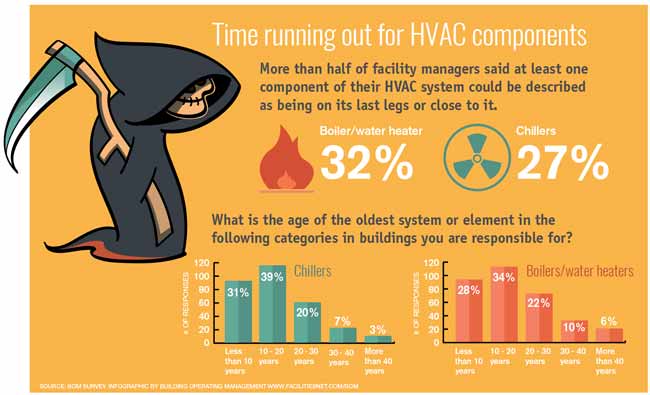The Future Of Home Heating - Just How Heatpump Innovation Is Progressing
The Future Of Home Heating - Just How Heatpump Innovation Is Progressing
Blog Article
Content Written By-Rosenthal Oliver
Heatpump will be an important modern technology for decarbonising home heating. In a scenario constant with federal governments' introduced power and environment commitments, their international capacity increases by 2030, while their share in home heating rises to one-quarter.
They work best in well-insulated homes and count on power, which can be provided from a sustainable power grid. Technical developments are making them a lot more reliable, smarter and more affordable.
Gas Cells
Heatpump utilize a compressor, cooling agent, coils and followers to relocate the air and warm in homes and devices. They can be powered by solar power or power from the grid. They have been acquiring appeal as a result of their low cost, peaceful operation and the capability to create power throughout peak power need.
Some firms, like IdaTech and BG MicroGen, are dealing with fuel cells for home heating. These microgenerators can replace a gas central heating boiler and create several of a home's electrical demands with a link to the electricity grid for the remainder.
However there are factors to be hesitant of using hydrogen for home heating, Rosenow states. It would be expensive and ineffective contrasted to other innovations, and it would certainly contribute to carbon discharges.
Smart and Connected Technologies
Smart home innovation enables property owners to connect and regulate their tools remotely with the use of smartphone apps. For example, clever thermostats can learn your home heating preferences and immediately adjust to maximize energy usage. Smart illumination systems can be controlled with voice commands and instantly switch off lights when you leave the room, decreasing energy waste. And smart plugs can check and handle your electric use, permitting you to identify and limit energy-hungry devices.
The tech-savvy family depicted in Carina's meeting is a good image of exactly how residents reconfigure area heating practices in the light of brand-new smart home modern technologies. They depend on the tools' automated functions to perform everyday changes and regard them as a convenient means of conducting their home heating methods. Therefore, they see no reason to adjust their techniques further in order to allow adaptability in their home power need, and treatments focusing on doing so might deal with resistance from these homes.
Power
Since heating homes accounts for 13% people discharges, a switch to cleaner choices can make a large distinction. However the technology faces difficulties: It's pricey and calls for substantial home renovations. And it's not constantly suitable with renewable resource resources, such as solar and wind.
Until lately, electrical heatpump were also costly to take on gas versions in a lot of markets. Yet new innovations in design and materials are making them a lot more economical. And far better cool climate performance is enabling them to function well also in subzero temperatures.
The next action in decarbonising home heating may be using warmth networks, which attract warmth from a main source, such as a neighboring river or sea inlet, and distribute it to a network of homes or buildings. That would certainly minimize carbon discharges and allow families to capitalize on renewable energy, such as environment-friendly electrical power from a grid supplied by renewables. This choice would be less pricey than switching to hydrogen, a nonrenewable fuel source that calls for new framework and would just lower carbon dioxide exhausts by 5 percent if coupled with enhanced home insulation.
Renewable Energy
As electricity rates drop, we're starting to see the exact same fad in home heating that has driven electrical cars right into the mainstream-- however at an also much faster rate. The strong climate instance for electrifying homes has been pressed additionally by new research.
Renewables make up a significant share of contemporary warm consumption, but have been given limited policy interest worldwide contrasted to other end-use fields-- and also less attention than electrical power has. Partly, this reflects a mix of customer inertia, split motivations and, in many countries, aids for fossil fuels.
New technologies might make the shift simpler. As an example, heat pumps can be made a lot more power effective by changing old R-22 refrigerants with brand-new ones that don't have the high GWPs of their precursors. Highly recommended Resource site that attract heat from a nearby river or sea inlet, like a Norwegian fjord. The cozy water can after that be made use of for cooling and heating in a community.